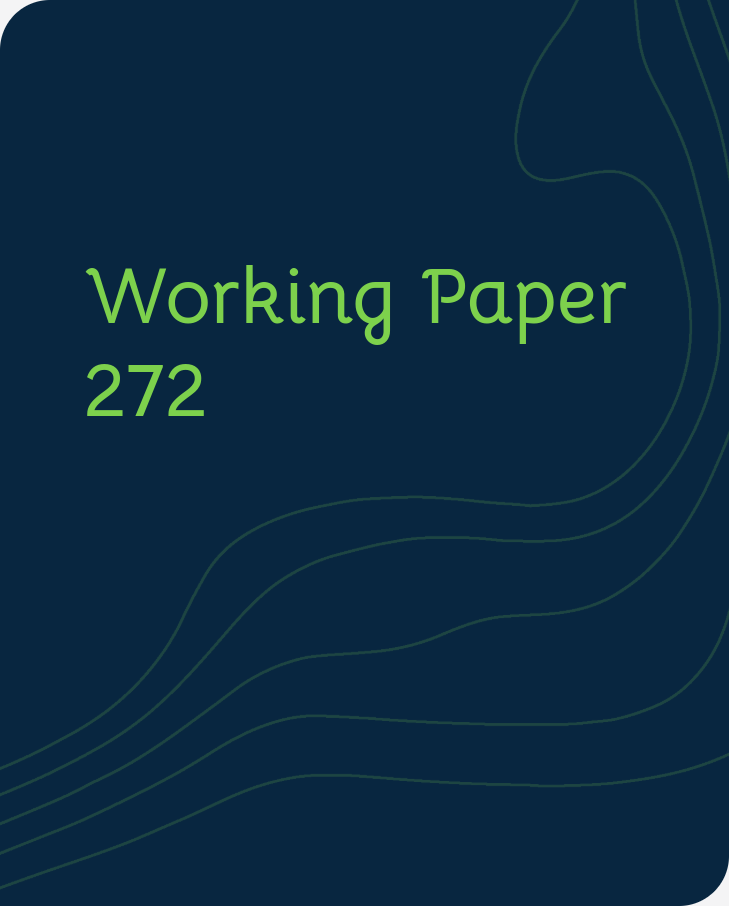Publication
Transition Report
Reform progress and transition indicators
Who we are
Overview: about the EBRDWho we are
Overview: about the EBRD
Learn about the EBRD's journey to investing more than €210 billion in over 7,400 projects.
What we do
Overview: how the EBRD operatesWhat we do
Overview: how the EBRD operates
Through projects, business services and involvement in high-level policy reform, we're doing more than ever before.
Work with us
Overview: how you can work with the EBRDWork with us
Overview: how you can work with the EBRD
We draw on three decades of regional knowledge and financial expertise to tailor our products and approaches to each client's needs.
December, 2022

By Beata Javorcik, Katherine Stapleton, Benjamin Kett and Layla O'Kane
This paper uses data on the near universe of job adverts posted online in the US to study the impact of the 2018 trade war on US job opportunities. We develop measures of labour market exposure to three key channels of impact from the trade war: import protection for US producers, the higher cost of imported inputs for US producers, and exposure of US exporters to retaliatory tariffs. We find evidence that both tariffs on imported inputs and retaliatory tariffs led to a relative decline in online job postings in affected commuting zones. These effects were stronger for lower skilled postings than for higher skill postings. By contrast, we do not find any evidence of positive impacts of import protection on job openings. We estimate that the tariffs led to a combined effect of 175,000 fewer job postings in 2018, or 0.6 percent of the US total, with two thirds of this aggregate decline due to the imported input tariffs and one-third due to retaliatory tariffs.
For media enquiries related to this working paper, please contact Ksenia Yakustidi, Media Adviser at the EBRD’s Office of the Chief Economist
YakustiK@ebrd.com
All Working Papers
The Working Paper series seeks to stimulate debate on transition in the EBRD regions.
